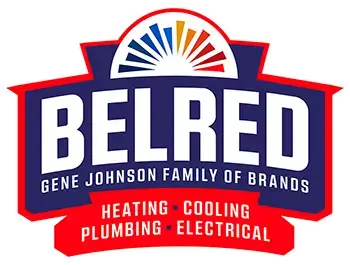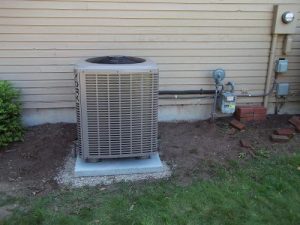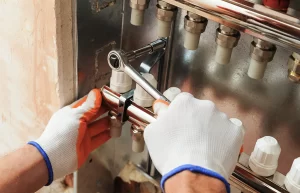When it comes to home safety, there are certain topics and areas that we feel are extremely important to be brought up a few times a year, which is what we try to do here on the BelRed blow regarding carbon monoxide in the home. Preventing sickness, or worse, caused by this “invisible killer” can be very easy with the right equipment and base level of facts and knowledge. Below, we’ve laid out some of these facts. As always, we highly encourage you to stay on top of maintaining and testing your carbon monoxide detector as is required by law.
The CO (carbon monoxide) detector is something that all homes require in order to keep them safe from this dangerous and odorless gas. Despite the fact that it’s fairly common knowledge to have properly working CO detectors in the home, there are some other facts about these devices that many do not know. These facts contradict certain myths regarding CO detectors. We want to make sure you know about them so you can protect yourselves and your loved ones.
As you probably know, carbon monoxide is a colorless and odorless gas that can be extremely dangerous through high levels of exposure. These types of levels are typically a result of improper ventilation from home heating sources or garages. Most homes properly expel this gas, but under certain circumstances this gas can build up and result in serious illness or even death from CO poisoning. According to the Center for Disease Control, over 600 Americans die due to accidental acute carbon monoxide poisoning each year. More than 20,000 become ill from this harmful gas on an annual basis. Clearly, its dangers cannot be understated, which is why having a properly functional and high quality CO detector is extremely necessary.
Many homeowners think that having a standard CO detector will keep them safe from carbon monoxide poisoning no matter what. Unfortunately, this may not always be the case, especially depending on who lives in your home. Believe it or not, most common and standard CO detectors are built to standards designed to “only protect a healthy young adult.” Furthermore, this definition of “young adult” is said to include a healthy individual between the ages of 18 and 22, which clearly leaves out a majority of individuals within a home. Essentially, this means lower levels of carbon monoxide in your homes air will not set off visual or audible warnings, which could pose dangerous threats to the health of those not deemed “healthy young individuals.”
So, how do you ensure your home’s residents aren’t in danger regardless of their age or health? First, make sure you have a low level CO detector (or multiple detectors) in your house. These models can alert you of potentially hazardous levels of carbon monoxide in the air before they become a threat or problem. Many of these models, including those offered by BelRed, sample the home’s air every 10 seconds, providing a “real-time” approach to CO monitoring. These detectors are battery powered to ensure they are still in working order even during power outages, which can often be dangerous times for CO in homes and garages if you operate equipment such as generators.
Regardless of the model or quality of CO detector you’re using in your home, it’s essential to make sure it is in proper working order and replaced regularly. Typically, it’s best to have your CO detector replaced every 2-5 years (depending on the quality of the detector). Low-level CO detectors typically have a lifespan much longer than standard models. If you’re interested in the highest level of carbon monoxide protection, don’t hesitate to reach out to us at BelRed today. We offer the highest quality CO detectors available, which can’t be found in stores. We’d be happy to perform a CO detector installation for you so you can rest assured your family doesn’t have to worry about this harmful gas.







